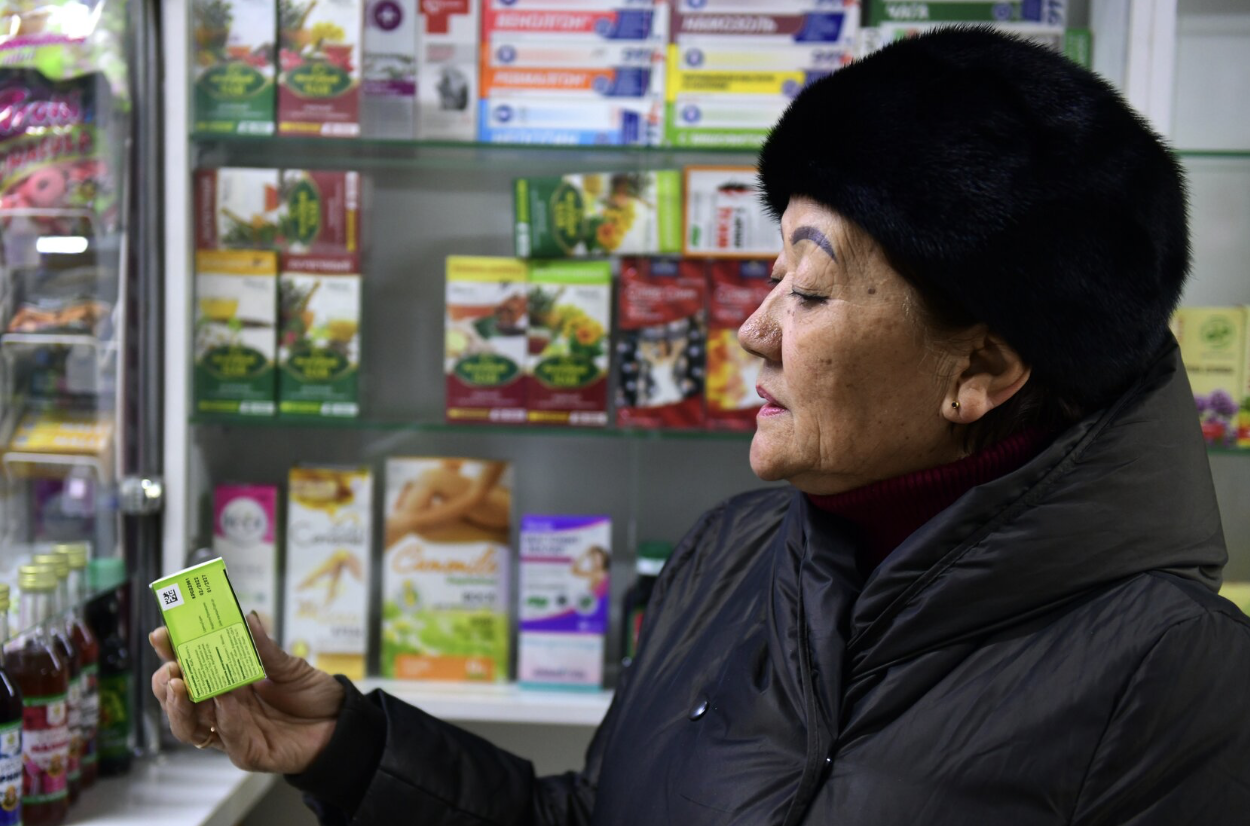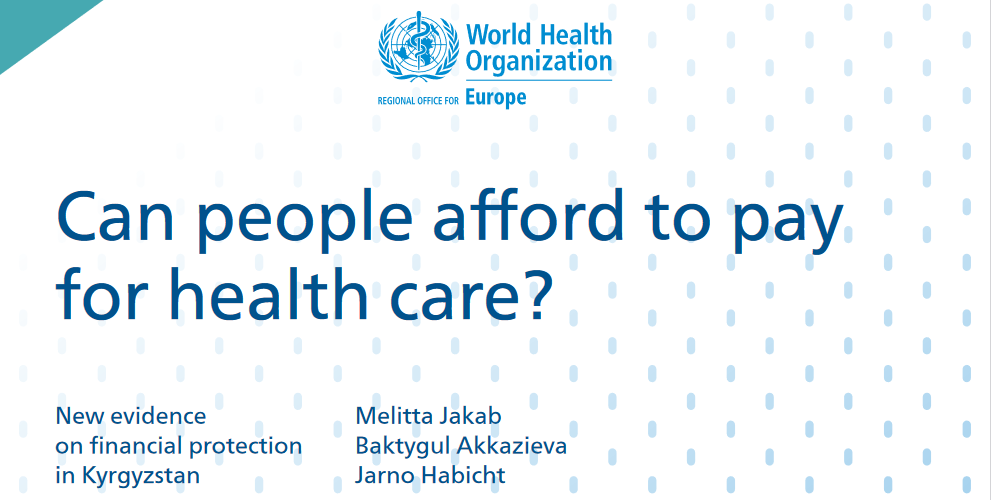Social health protection today: committed to continuous improvements
Though not all objectives of the three reforms have been achieved, the effective coverage of the social health protection and diversification of health financing sources have increased. An additional preferential drug provision programme was developed at the outpatient level. The COVID-19 pandemic created incentives and opportunities for further strengthening of the health system. The government of Kyrgyzstan has committed to a 12-year national health strategy “Healthy person—prosperous country” [2].
References
[1] Social Protection System Review of Kyrgyzstan. OECD, 2018. doi: 10.1787/9789264302273-en
[2] P4H Network (2022). “Country Briefs: Social Health Protection and Health Financing Reforms”. Briefing Note for Kyrgyzstan prepared by the International Labour Organization. Accessed on 21 February 2023
[3] Health Financing in Kyrgyzstan: Obstacles and Opportunities in the Response to COVID-19. Copenhagen: World Health Organization Regional Office for Europe, 2021. Accessed 11 February 2022
[4] “Kyrgyzstan adopts new health strategy for 2019–2030” Copenhagen: WHO Regional Office for Europe, 2019. Accessed on 11 February 2022
[5] Global Health Expenditure Database. Geneva: World Health Organization Available. Accessed on 21 February 2023 at




